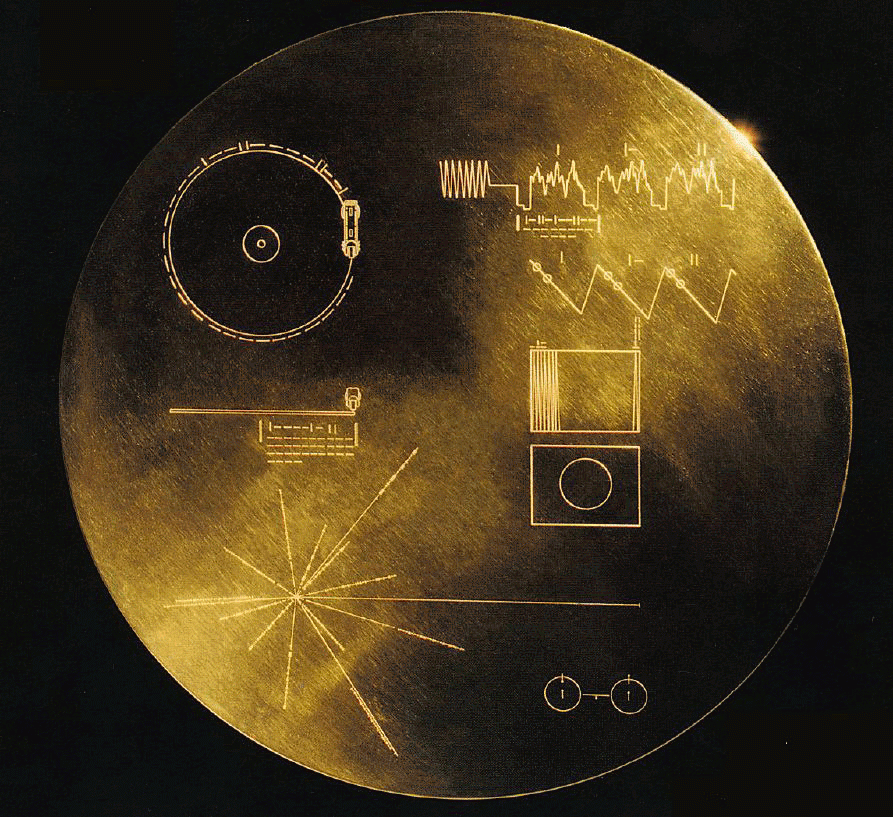Greetings To The Universe: Listen To The Sound Of The Voyager Golden Record

When the two Voyager space probes -- Voyager I and Voyager II -- were launched in 1977, scientists equipped both of them with a 12-inch gold-plated copper disk containing sounds and images depicting the diversity of life and culture on Earth. The sounds carried by these “golden records” aboard the Voyager probes have now been released by NASA for free streaming on SoundCloud.
The contents of the record, selected for NASA by a committee chaired by famed cosmologist and science popularizer Carl Sagan, include several images and a variety of natural sounds that might give a sentient alien an inkling of what life on Earth was like.
Among the audio uploaded by NASA are “greetings to the universe” in 55 different languages -- available on the NASA website -- and several ambient earthly and human-generated sounds -- the “murmurs of Earth” -- including barking dogs, rain and wind, and even a crying baby.
“The spacecraft will be encountered and the record played only if there are advanced spacefaring civilizations in interstellar space. But the launching of this bottle into the cosmic ocean says something very hopeful about life on this planet,” Sagan, who famously referred to Earth as a “pale blue dot,” said, in 1977.
Although the chances of the Voyager probes -- one of which has already become the first human-made object to enter interstellar space -- bumping into an alien civilization equipped with a phonograph are remote, the aim of the golden records, at best, is as Sagan noted, to function as “a time capsule or a symbolic statement more than a serious attempt to communicate with extraterrestrial life.”
© Copyright IBTimes 2025. All rights reserved.






















